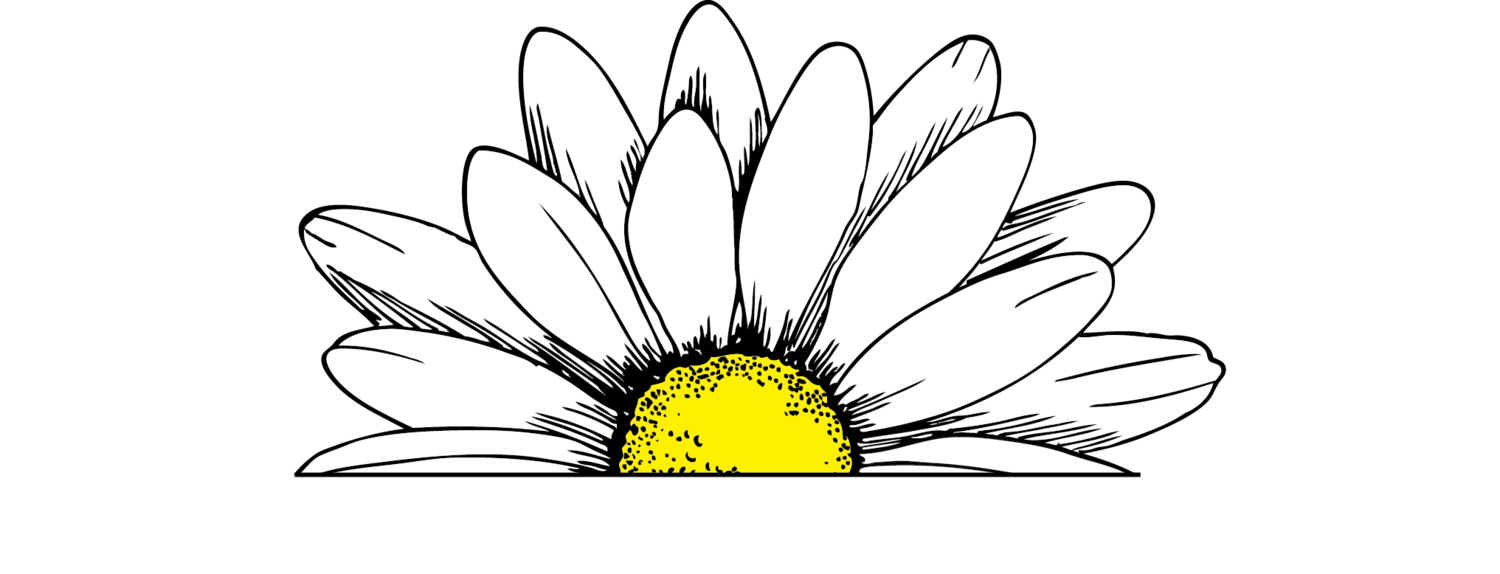Flowers that won’t quit and the one that waits for autumn to bloom
We have a plant in our home garden that just won’t stop blooming and one at the nursery that just started. Both native plants or what I think are natives - I’m reading a book by Ken Thompson, Where Do Camels Belong? It really has me questioning our ideas of what’s native, but I’ve seen these plants in the wilds of Northern Michigan so I’ll stick with them being native.
The harebell (Campanula rotundifolia) started blooming in mid-June and is still blooming in mid-October, although only a few flowers. The blue flowers invite a gardeners smile at its longevity and tenacity. I really like this plant and have found it growing on the sand dune above Pyramid Point. It was mid- June. A hot, exposed, environment, the plant not looking robust but alive and blooming with its dancing blue bell- shaped flowers. I write all these attributes to celebrate its resilience. In our garden it was planted in an organic soil and watered sparingly as are all our garden’s plants - my irrigation is on only on when the plants tell me they need a drink. It’s been shut off since early September. Renee and I have been doing the usual garden cut down as many of us are this time of year, but harebell is still blooming so it survives the first cut down.
The harebell is next to a peony that’s over 100 years old and normally is the last plant I cut back. Peony foliage holds strong into early November if we don’t get an early frost or if young grandchildren and a basketball don’t cause damage, which happened. It looks a bit broken with the basketball landing right in the middle. However, the outer foliage is turning a beautiful burgundy. So, it survives the first cut.
Before moving on to the plant at the nursery I have to mention the resilience of our black-eyed susan ‘Goldstrum’, it bloomed a full two months and the foliage still looks great. And, wild blue indigo, keeping the blue-green foliage and still standing tall. They both will survive the cut down this weekend. The wild blue indigo seed pods were a favorite rattle for the kids when they were young. Now all the kids are adults and I doubt if they will remember but some memories are for parents to remember.
The nursery plant is witchhazel (Hamamelis virginiana). It just starting to bloom its spidery yellow blossoms that are slightly fragrant. It’s large leaves turning a bright yellow and obscure the flower until leaves fall to reveal the flower display. This plant is normally found in a forest setting, growing much wider than tall, like an umbrella. The flower capsules jettison the seeds like a bullet to send them out from under the mother plants canopy where more light is available for germination. Planted in a sunny site will keep the plant more compact. I found one in a farmer’s field one late October day many years ago. I jumped a fence to investigate, thinking it was a Forsythia forgetting it’s supposed to bloom in the spring. To my surprise it was witchhazel. This is the latest blooming shrub/tree in Northern Michigan.
The observation of plants gives you a wholesome view of the greater natural world surrounding us. Sometimes it’s a bold colorful flower that grabs your attention, sometimes the small dancing of the dainty harebell that causes a pause or having to search through the leaves to find the spidery yellow flower of witchhazel. Nature is alive with secrets. Slow down, be curious and discover.
